On This Day…January 10th
On 10th January, 1941 the HMS Illustrious (Lusty) was subject to a frenzied attack by Luftwaffe Ju87 and 88 dive bombers while supporting convoys in the Eastern Mediterranean.
The letter below was found tucked in an old desk during a house move in Epsom, England in the year 2000. It was subject to intense research which confirmed the author as ‘almost certainly’ the HMS Illustrious' Commanding Officer at the time, (Sir) Denis Boyd writing to his brother 'E.J'. The narrative is a gripping report of the attack and a brutally honest first hand account of fear, responsibility, loss, and the horror of war...
HMS Illustrious
3 March 1941
“My dear old E.J.,
Your very kind letter of 16th January has just arrived. I knew how you would feel it and longed to be able to assure you that all the team you knew were still alive. I not only could not but dared not say anything until we left Malta and got to Alex ( Alexandria) as our expectation of life was not very high. But, as you know, we all survived and live to fight again.
How the buzz about Bill started I have no idea as he was more full of life than anyone! My chief sorrows were Lt. Gregory whom you may remember was very sweet to Elizabeth. He was hit on the spine by a bomb splinter and fell down saying ‘I think something has hit me.’ He then turned very grey and asked for morphia knowing he was dying. Keevil gave him a shot and then he had to be moved as a fierce fire was raging under the quarter deck where he was lying. A marine picked him up and his back was heard to break. He was, I think, already dead.
Luddington, ex England and Navy rugger (rugby) and our Master at Arms, was blown to bits in the hanger where a bomb exploded. He was a golden man.
Clifford, a Lieut. and pilot who had done very well at Taranto, was wounded in the first attack and then devoted himself to the other wounded. After the third attack he was never seen again. Either he was blown overboard or he disintegrated. He was a pattern of gallantry and gentility and one of the best three-quarters we have had for a long time.
Our young marine Manisty, whom Les knew, was killed by a bomb which did not wound him but just blasted him. The other officer casualties you would not know unless you remember Mr Anstis our gunner. He was blown to bits by a bomb which hit the pompom just in front of the bridge. He and all the crew were in an awful mess but were clearly killed instantly. I ordered them to be thrown overboard as they were dreadful sights. Arms, legs, heads and trunks going over the side were awful to see but were better there than lying about the deck where they chilled the stomachs of others.
Analysing one’s feelings afterwards I felt no sorrow at the time as my feelings were that the dead had perhaps the easiest job. Nor was I afraid, it was all so terrific and one’s responsibility so great that I had no uncomfortable feelings other than intense sorrow for the ship as I never expected her to be of any use again. I was on the wing bridge watching the bombs come down and I saw both lifts fly into the air like leaves. An amazing sight.
Fear came later when I realised we must have more attacks before reaching Malta. I then felt utterly sick for a while and trembled from head to foot. I went down to my sea cabin, took a good hold of myself, offered up a prayer that I’d do my stuff and then went back and was waggling the engines to steer her for the next 8 hours and through 2 more attacks without any particular feeling other than an unsatisfied desire for food. From breakfast until 10 pm, when we secured I only had cocoa and a biscuit which Lloyd the Padre brought me.
Our real strain came with the repeat attacks at Malta. On one occasion I was ashore not 20 yards from a cave shelter and the ship was 100 yards away. On the warning I walked to the gangway saying to myself after all there is nothing I can do and when I got to the gangway I stopped, feeling utterly cowardly and bloody nearly ran for the shelter. However I climbed slowly and reluctantly up the gangway and then felt alright. The others were the same I think. I allowed no one on board (there were wonderful shelters) except the gun crews and supply parties. Some of them failed to turn up and we manned the guns with 4 commandos, 6 Lt Cdrs, 2 Paymasters Seamen and Westmacott , 4 Po’s and 6 first class able seamen.
Rosey Barker and I went to the air defence position on the top bridge where we directed the guns on to the targets until the attack developed and then we just watched. However if you have seen Bill you will have heard as stirring a yarn as ever was spun. I sent Bill home because we did learn a lot and I wanted the powers that be to know what we learnt. To say I was indifferent to the fact that Bella had had a baby would be a ruddy lie, but Bill must never know that I thought of that first! He was splendid and deserved a little thought of that kind.
I think my worst job was to see people suffering from strain. It was horrible and some got it badly. Tamplin the Chief, a fat cheerful self indulgent bachelor went ashore and just couldn’t come back so I sent him to hospital. Duckworth, who was badly blasted, cried at the least excuse and yet stuck at it and was always there though I think useless. Men I thought tough were no good at all in fact the only really good ones were the team and a few sailors and engineers of the quiet nice type. Martin whose funny little wife vamped old N.R. was the senior engineer and was the supreme man of the whole show. His guts and skill were quite remarkable and he was quite delighted when owing to the chief cracking he was left with the whole responsibility.
The senior gunner went to the hospital to see the wounded and collapsed staying there! Others in varying degrees were looking like death but they stuck it well. I think I saved them all from going really potty by abandoning ship for 3 days after the Sunday attacks. It was a ghastly thing to do but I had to do it and as usual got away with it as during those 3 days we were not attacked. Had I not done so half of us would have been loonies and in any case we would not have saved the ship. On the Thursday they all came back gladly and were able to produce the goods for an awful passage to Alex. I have often had to bear responsibility but never anything to equal this. To them the 3 days were a rest, to us they were just hell but I knew it was right.
I seem to have run on a bit but your very kind thoughts in your letter and various inspired me to tell you a little, added to Audrey’s they all help to make a picture of which we are all, not without justification, very proud.
I went to a ship’s company dance the other night and jawed with some of them. We were a happy family and I did not realise quite how much they hung on what I said and did.”
God bless you both your T.6 (not clearly decipherable)
D.B. [but looks like D.W.]
A bomb entry hole through the Lusty’s armoured deck...
The Illustrious as she was during the attack in 1941.
————————
The Barracuda first entered operational service on 10 January 1943, when 827 Naval Air Service reformed with 12 Mk II’s at Cheshire, England, having previously flown Albacores. During 1943 the Barracuda force was steadily built up despite not having positive feedback from crews. The Barracuda was actually the first Fleet Air Arm aircraft built with an all-metal stressed skin construction. They were in action in September 1943 when they served on the USS Illustrious during the Allied landings at Salerno and later in attacks on the Tirpitz and anti-shipping strikes off the Norwegian coast. The aircraft had an awful safety record (there are several historical photos similar to the one below...
...prompting this cartoon below...
A Dornier Do 22KI at Malmi airport, Finland, on 10th January 1944. I don't think I've ever seen one of these as a built model.
Navigator 2nd Lt. Joseph Orley examines the bullet holes in his nose turret of B-24 Liberator “Wells Cargo” on 10th January 1944. 450th Bombardment Group 723rd Bomb Squadron.
Lovely photo of Typhoon MN180 at Gloster Factory Hucclecote, Gloucestershire; 10th January 1944.
Boomerang (A46-135), forced to land on a beach near Fremantle, Australia, after electrical wiring caught fire in the air, 10th January 1944.
Nice shot of the USS SAN Diego (CL-53) today in Boston Harbor, Massachusetts, today in 1942. On 27 August, the San Diego was the first major Allied warship to enter Tokyo Bay after the Japanese surrender.

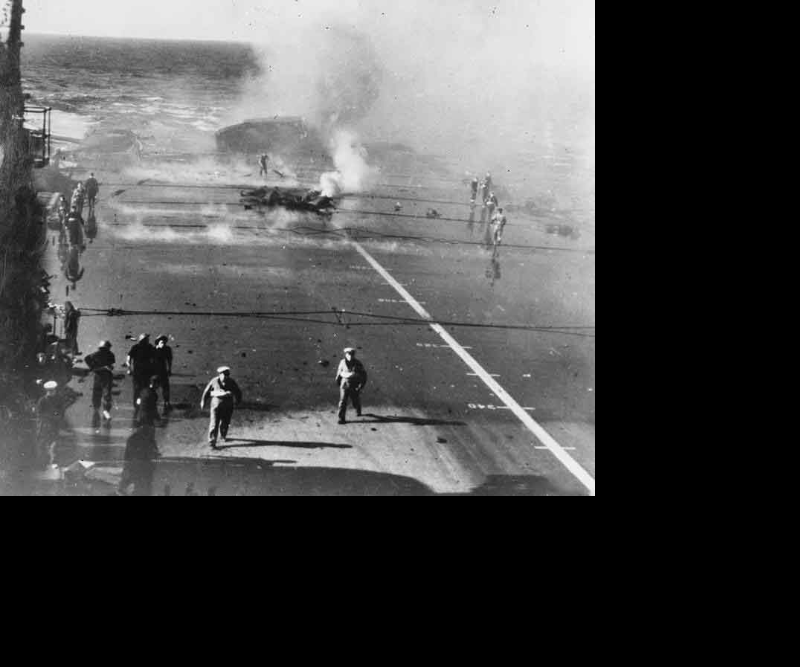
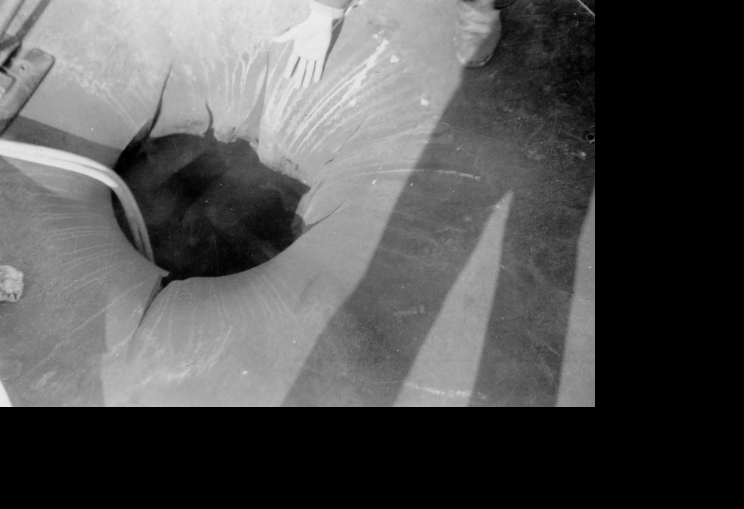
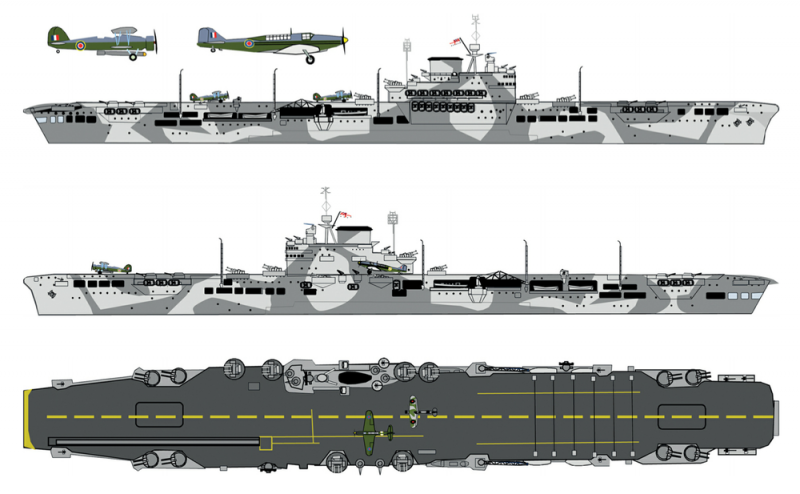
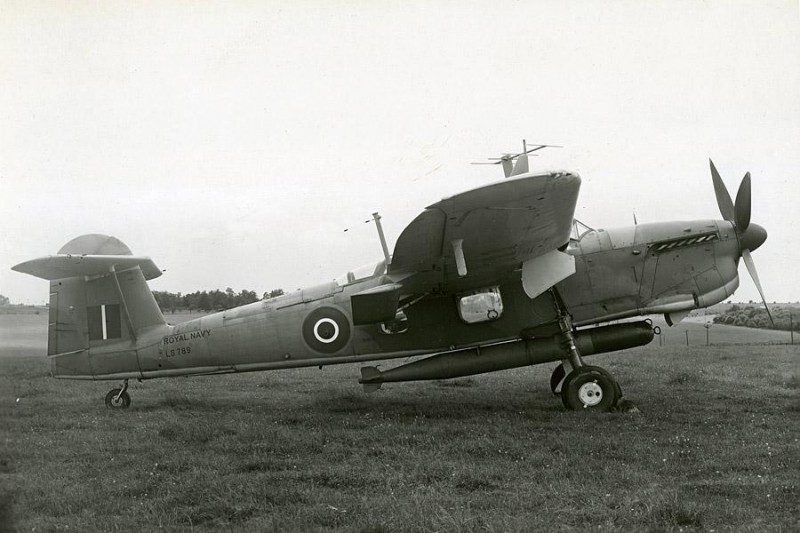
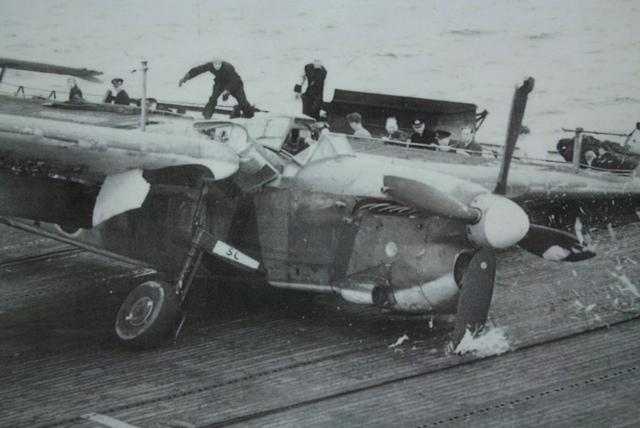

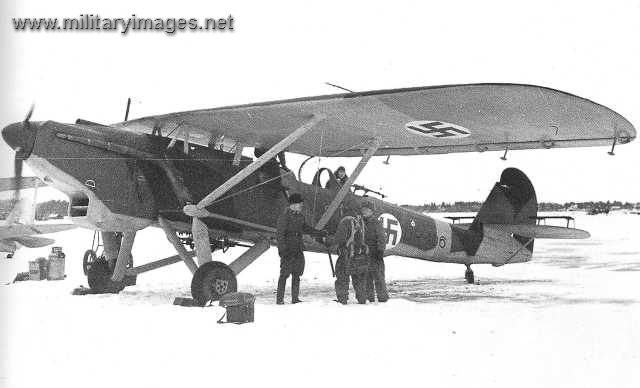
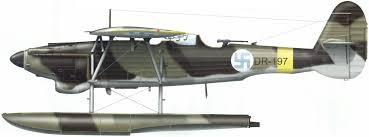
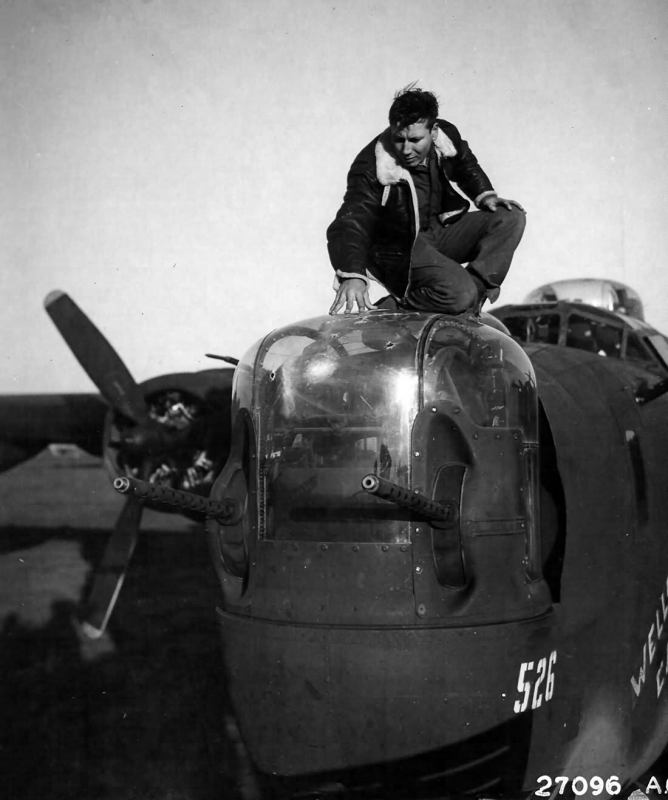

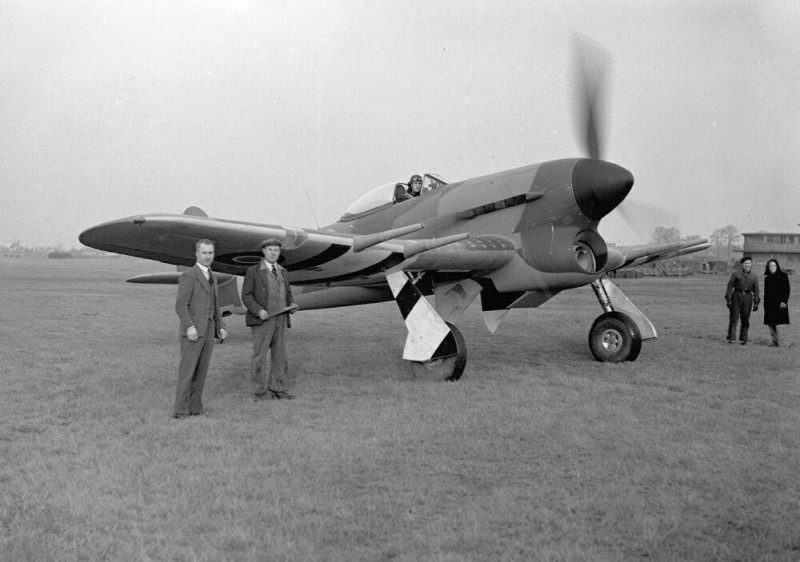
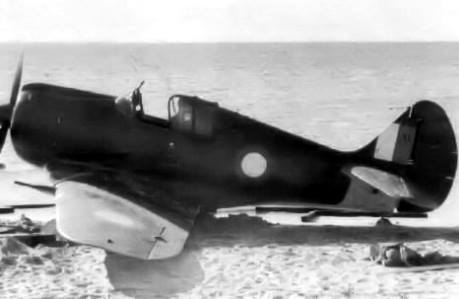
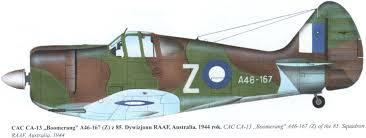
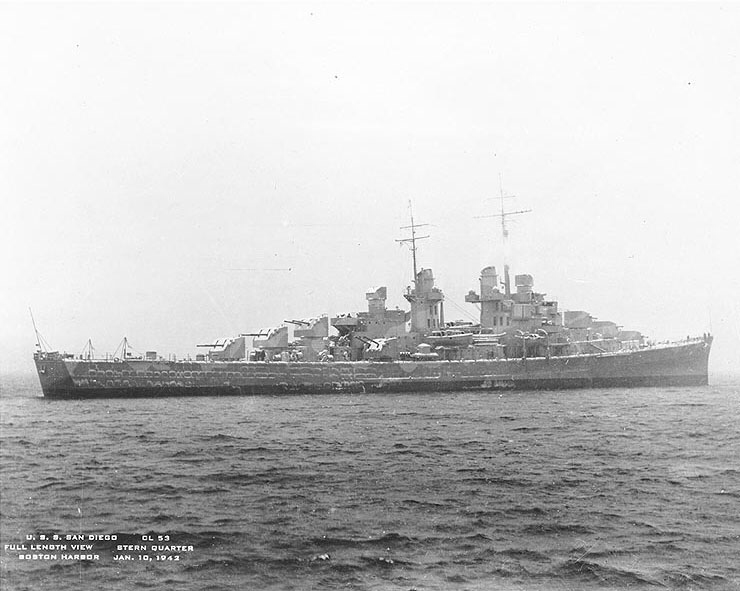
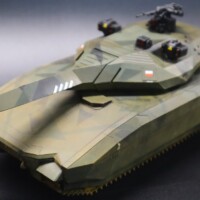
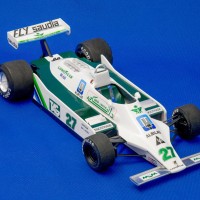
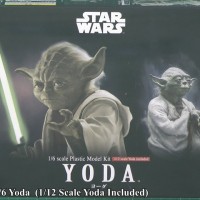
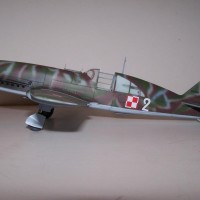
Great pictures David, the letter was moving to say the least.
Thanks, Marc. The whole letter is astonishing but where he says, "the dead had perhaps the easiest job", was just chilling.
What an incredible find and well written description of the events he lived through.
Hi Tom. It's an incredibly touching letter and I am blown away at how open he is with his fear. I know it's his brother he is talking to, so maybe there's an implicit trust between them, but there's a surprising lack of ego or 'stiff upper lip' evident. I'm especially impressed at how he admits to 'cowardly' feelings - which I would think in those circumstances are the norm; however, not emotions you'd expect a future Admiral to discuss.
David, future Admirals are human, too.
The letter was amazing and much more than I anticipated it would be. Some of what he said is chilling, indeed.
VERY interesting "OTD" for now - I have to say I had never hear of a British Barracuda torpedo plane. You learn something new every day!
My surprise was not so much that higher officers or Admirals were capable of humanity, it was that they could display it that startled me.
I'd never heard of the 'Boomerang' until today - nice little 'plane.
Thanks for your on-going (much appreciated) support, Jeff.
David, be care full or it will come back and whack you !
2 attached images. Click to enlarge.
I really like the look of her, Allan. Like a prettier version of the Brewster Buffalo.
Referring to that Typhoon picture taken at Gloucestershire I want to add:
at this place they have established a museum called JET AGE MUSEUM. We visited it in 2016. Very friendly and enthusiastic people there. (I have a lot of pictures from the site visit; if you are interested please respond to this post and I will start a blog.) BR/Michael
2 attached images. Click to enlarge.
Michael,, I’t be great to see the photos you have and I’m sure many others would feel the same way.
That letter, wow. It is the window into the soul of a remarkable man: no profanity or blasphemy, no cynicism or self-pity, not even any reviling of the enemy. He might have been dealing with the effects of a hurricane named "War." He speaks well of all men, even broken ones who cannot cut it, mourns the dead with feeling but never becomes maudlin, is self-effacing, takes cocoa and a biscuit to calm his nerves, and prays for the courage to do his duty.
Amazing and an example to us all.
Well stated David! He wrote with incredible virtue, and undoubtedly led his men with a bravery understood only by those who lived through moments like that.
Your post beautifully captures what we are all thinking, David.
Rats - I don't have a Do 22 in my stash (had never seen one before), and the only models I can find are selling for $75! (I offered $50 to an ebay'er - holding my breath...)
Let us know how that bid goes, Greg. Left us on a cliffhanger, there.
Impresionante la carta... .Estaría bien ver esas fotos Michael.
Thanks for sharing the a very moving letter.
Amazing letter. Not really surprising a guy like that would make Admiral. My captain later became CTF-77 in 1972 during the Linebacker operations. I've spoken to three Admirals who served under him at various times in his career as junior officers, all of whom said they would not have become Admirals had they not served under him and learned what they did from him. His philosophy of leadership was "follow me!" While he was in command, the ship won every award there was in every department, multiple times. The crew believed he knew everyone aboard because he had a good memory of faces and names and always recognized people by name as he made his rounds. His replacement was a plodder. Within a year, with less than 5% turnover of the crew, all the awards were lost. Leadership isn't everything, it's the only thing.
Reminds me of the old saying that real leaders don’t tell you what to - they show you how it’s done.
A great set here David , the letter is quite something well expressed ( the lost art of letter writing?) and paints a graphic picture. I get the feeling that dealing with the remains of the gun crew clearly played on his mind - I suppose in situations where death is ubiquitous and life expectancy for the rest of the crew may be only minutes or less, you have to see his decision in that context.
A nice photo of USS San Diego - is that snow and ice making those curious patterns on the aft part of the hull?
I totally agree, David. Reading between the lines, he felt he had to mention the remains of the crew where he actually didn’t need to. Betrays a need to process this.
In terms of the SAN Diego, yes, the photo was taken in the middle of a hard winter in the North East coast.
Thanks for dropping in.